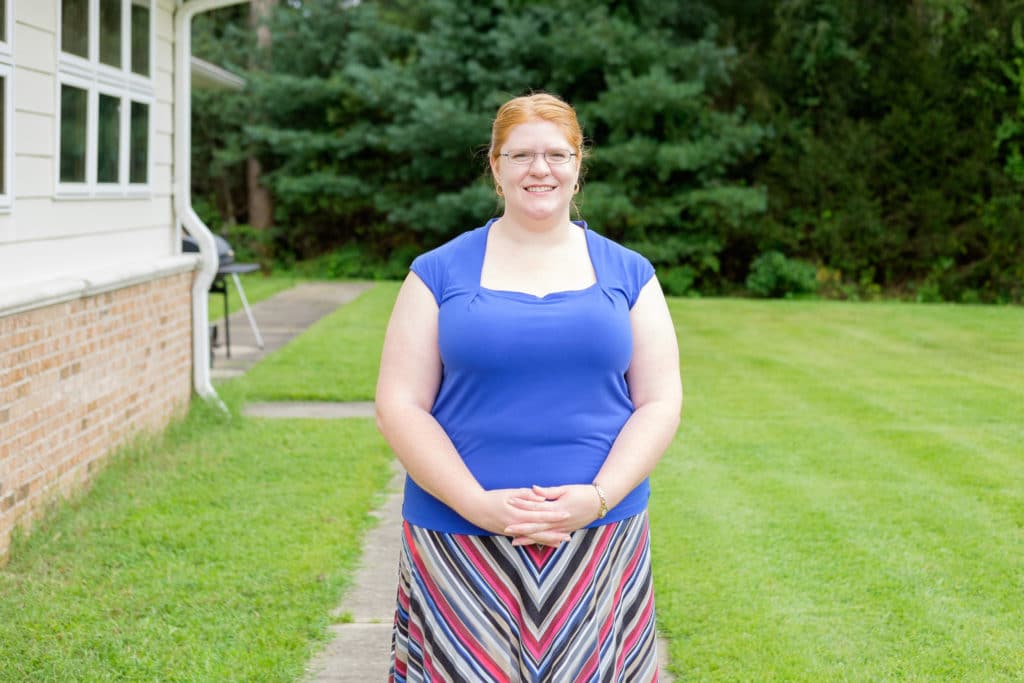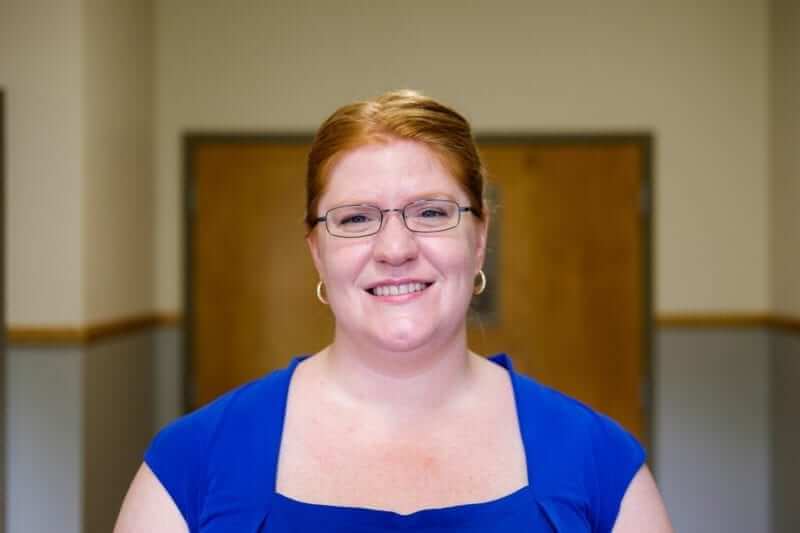NJ Teachers’ Lounge is excited to continue its Teachers of New Jersey series in 2017. Due to the overwhelming popularity of the series, it now comes out twice a month. This editorial series is curated by photojournalist, Gregory Andrus, creator of the social media series, Portraits of the Jersey Shore. These stories highlight the joys, struggles, and personal reflections that surround being a teacher.
“I teach English and Freshman Writing. I am going into my thirteenth year. School just started, but I have been preparing weeks in advance, so I am already in ‘game on’ mode by the time school starts. But the night before the first day of school, I still get butterflies in my stomach. It is like Christmas Eve before Christmas morning, when you can’t sleep because you are so excited about the next day. Every year, every day, it is a new day, and you are constantly tweaking things. No one day is ever the same as another.”
“I teach in Mays Landing. It is about 10 miles outside of Atlantic City. It is kind of rural, kind of suburban, and kind of city, all coming together in one place. You have the kids there whose families come from Atlantic City, and there are kids who grew up near the mall and are more suburban, and then you have the kids who own acres and acres of land and go hunting on it… so it is a very mixed group of kids. Sadly, the majority of the kids in our school live in single parent homes.”
“A few years into teaching here, I came to realize that students will not believe you when you tell them that you care about their education. They just don’t believe it and will blow you off. But I have found the thing that changes their minds is the first emergency drill we have for the year. I have learned this, especially with freshmen, when I go over what the procedures are, where to go, what we do, to say silent, etc. And I’ll tell them, ‘You are going to stay in the back corner of the classroom, and I am standing by the door. No one is getting to you, unless it is over my dead body, literally. I will do whatever it takes – if I have to get a stapler and put it through their eyes, I will.’”

“And I will be graphic like that. And that’s when they get that I care about them—when I tell them, ‘They will not get to you.’ I feel very passionate about it. There was that shooting at Virginia Tech a few years ago, and the professor held the door when the gunman was outside the classroom, and the gunman eventually kept going. And when I tell them that they are more valuable than my life, that’s when they believe me that the things I do in the classroom during the year are for their own good.”
“I cultivate my ‘teacher persona’ at school. I have my bun, my long skirts, and my glasses, and in the classroom, they see that image as a brick wall. The rules are the rules, the assignments are the assignments, and they need to follow what is going on. But that is only me in the classroom. The minute we are having a one-on-one conversation, it is different. I am always staying after school getting my work done, and I will always invite them to stay, or they will request for me to come to their study hall, and I will go. In all of those situations they say, ‘You are totally different than you are in class!’ And I will tell them, ‘In class, I need to enforce the structure of the class, but now I can work with you any way you need me to, because it is just you.’”
“So the kids see it. It is the only way to handle discipline for the kids. I love my kids, and one-on-one is where I can make that connection with them. There is one girl who has been a bit of a discipline problem in school, and she has been staying after class with me, and she often talks about things that are inappropriate to talk about in a school building. And yet she will come after school and ask for help, and she will keep coming all the time. And one day she just told me, ‘You know, I don’t like to go home, because it is such a lousy environment there.’ And in class she would always push my buttons, and it would appear she didn’t like me. She would be disrespectful to me in the halls, and other teachers would say, ‘She really doesn’t like you!’ And I would say, ‘No, she loves me. She just thinks that’s how people interact with each other, so she doesn’t know any different with me.’ And when she stayed after class, I would point out to her, ‘You can’t disrespect me in front of my peers.’ I am trying to teach her these skills that she isn’t getting at home. These conversations, they seem innocuous, and yet having these interactions could be the only positive model for interacting with people that some of these kids get. And to me, that can make all the difference in the world—to be that for them.”






